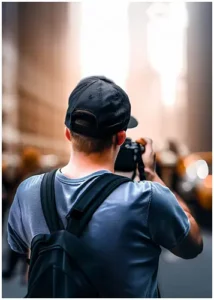
Photography as a Hobby for Beginners: Unlock Your Artistic Vision
Photography can be a fulfilling and enjoyable hobby that brings a creative outlet to your
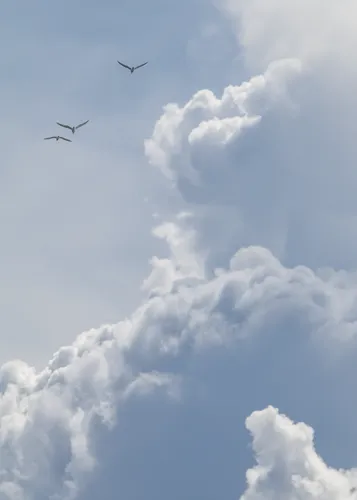

Negative space photography is a powerful tool to create beautiful, eye-catching images. By manipulating the elements of composition, a photographer can create captivating images that draw the viewer’s attention to the subject.
Through careful use of space and shape, a photographer can create a captivating image that conveys emotion, creates a mood, and tells a story. From minimalist landscapes to abstract art, negative space photography allows a photographer to make a powerful statement with their photographs.
In this article, you will learn the fundamentals of negative space photography and explore some creative composition ideas and examples. By understanding and incorporating the principles of negative space into your photography, you can create stunning images that will stand out and make an impression. You’ll learn what it is, how to use it, and see some examples. By the end of this post, you should have a better understanding of how to use negative space to create more interesting compositions.
So let’s get started…
Negative space photography is the use of negative space to create a positive image. A positive image uses dark, bold shapes to draw the viewer’s attention to the subject by framing it with negative space.
These can be created by placing the subject against a black backdrop, placing it in a dark environment, or by placing it in an environment with a lot of open space. In contrast, a negative image uses the surrounding environment to draw attention to the subject.
This can be done by placing the subject in a bright environment, placing it against a white backdrop, or using a combination of both. Negative space can come in many different shapes, such as triangles, diamonds, parallelograms, and rectangles.
By placing the subject against a contrasting background, you can draw attention to the subject and create a visually appealing image. A photographer can use negative space to create a variety of different effects, such as creating a mood, conveying emotion, and telling a story.
There are many benefits of using negative space in your photography. First, a photographer can create a sense of emotion and mood by placing the subject in an environment that is either bright or dark.
For example, a subject placed in a dark environment will feel more calm and serene. Conversely, a subject placed in a bright environment will feel more intense. Negative space can also be used to create a sense of intrigue and mystery by creating a visual puzzle for the viewer to solve.
Finally, negative space can be used to create a sense of depth and scale by placing the subject against a large backdrop. This will allow the photographer to draw attention to the subject and make it seem larger than life.
Negative space is all about the relationship between the subject and the surrounding space. As such, it is essential to create an aesthetically pleasing balance between the two.
With that in mind, here are some composition tips to help you get started:
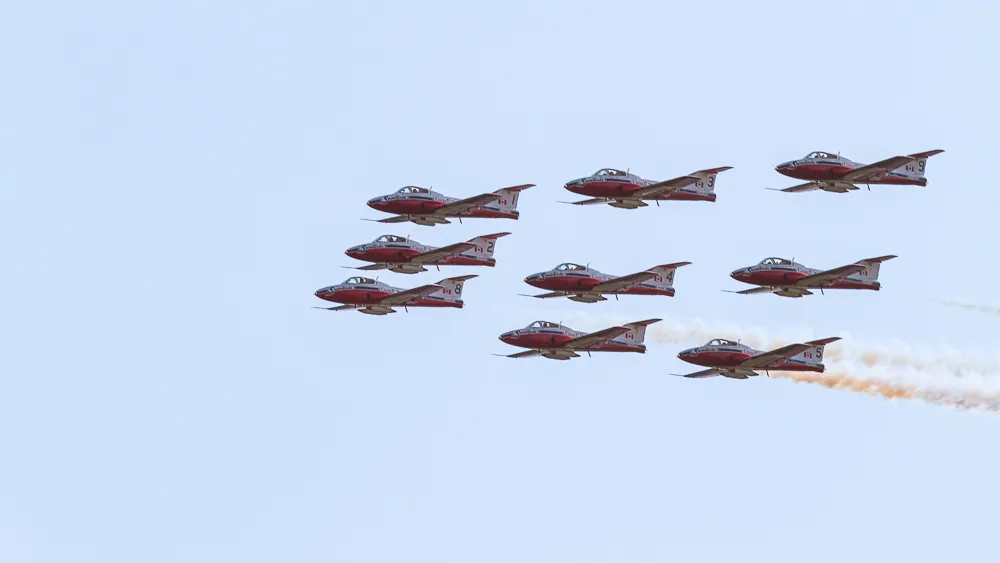
For example, framing a subject against a blue sky will draw attention to it and make it stand out against the blue. Alternatively, you can frame the subject against a contrasting element, such as a dark landscape. This will help draw attention to the subject and create a visually appealing image.
The term “positive space” is used to describe the parts of a painting or drawing that the viewer is meant to focus on, such as the subject’s face in a portraiture, the still life’s items, or the landscape’s trees. The backdrop or surrounding region of an artwork is referred to as “negative space.”
By counteracting the effects of positive space, negative space prevents an image from becoming too busy. The former refers to the areas where plenty of things are happening, while the latter refers to the places where things are calm. Making strategic use of white space is another technique for emphasizing a work’s focal point.
You can create a variety of different compositions using negative space. Here are some creative composition ideas using negative space:
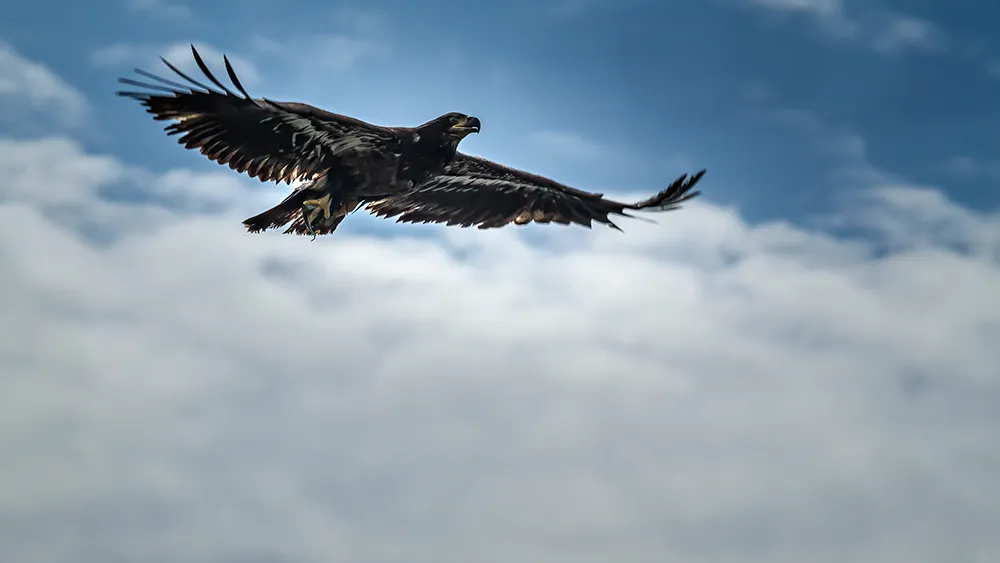
Your choice of how much space to employ in a picture might convey either an invitation or a rejection. An effective technique for emphasizing the size of subjects in relation to their backgrounds is to create a feeling of isolation via the strategic use of negative space.
Your choice of how much space to employ in a picture might convey either an invitation or a rejection. An effective technique for emphasizing the size of subjects in relation to their backgrounds is to create a feeling of isolation via the strategic use of negative space.
Silence is represented by negative space. A sense of isolation may also be evoked by showing a stark size difference between your primary topic and the background. You may also use it to emphasize sentiments of importance, seriousness, introspection, or loneliness in your photos.
Highlight the contrast between the dark and bright parts of a picture by using silhouettes or contrasting tones. Such an approach may help you create a mysterious and dramatic composition.
If you want to capitalize on the mysterious atmosphere, shooting against a bright sky is a wonderful idea. By exposing for the sky, you’ll get dark shadows of your subject and backdrop, making for a far more enigmatic and intriguing picture.
When there is enough negative space and a distinct focal point, this technique shines. This method might result in blurriness if the subject matter of the picture is too varied or complex.
Negative space photography can be applied in many different scenarios. Here are some examples of negative space in photography:
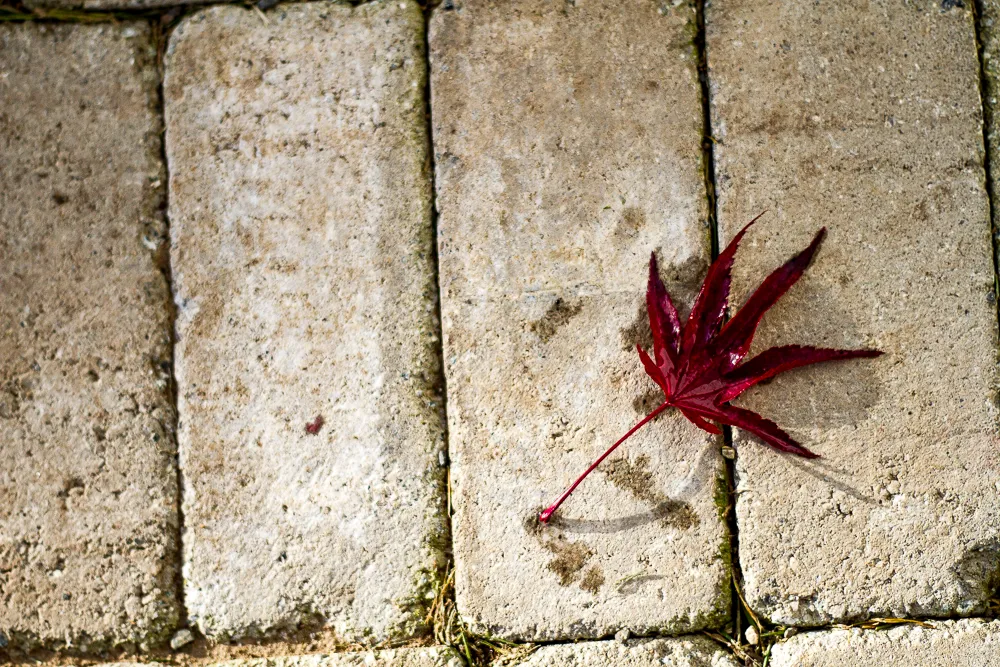
When shooting portraits, you can use negative space to draw attention to the subject. To do so, try to avoid including unnecessary elements in your frame, such as the surrounding environment. You can also frame the subject against a contrasting background to help draw attention to the subject and create a visually appealing image.
You can use negative space to create a variety of different effects, such as creating a mood, conveying emotion, or telling a story.
Negative space photography is a powerful tool that can be used to create a variety of different effects. By understanding and incorporating the principles of negative space into your photography, you can create stunning images that will stand out and make an impression on your viewers. Whether you create a dramatic landscape or a visual puzzle for your viewers to solve, negative space photography is an excellent tool for creating a unique and eye-catching image.
“Negative space” refers to the area around an object or topic in a work of art. Often referred to as “white space,” this is an area of a picture that is purposefully blank and featureless. In a piece of art, negative space frames the positive elements.
Some people mistakenly believe that in order for a picture to make advantage of negative space, the space around the subject must be totally blank. If you succeed in isolating your subject matter by isolating it from its surroundings, you will have accomplished your goal.

Photography can be a fulfilling and enjoyable hobby that brings a creative outlet to your

Welcome to our guide to Photoshop tutorials for beginners: A Complete Beginner’s Tutorial for Learning
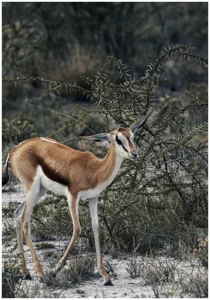
Creating stunning images is all about nailing the perfect colour grade. It’s what makes your